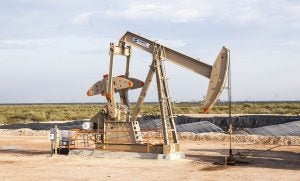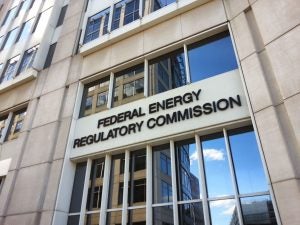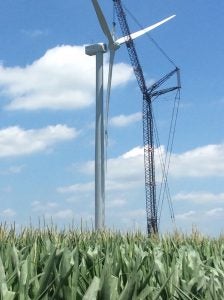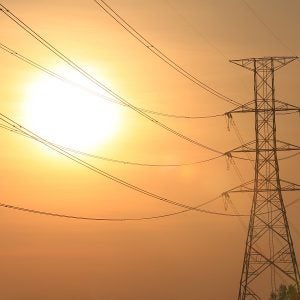 How top energy companies engage in the U.S. methane policy debate in the coming weeks may tell us a lot about the future of natural gas.
How top energy companies engage in the U.S. methane policy debate in the coming weeks may tell us a lot about the future of natural gas.
As these companies have themselves recognized, the role of natural gas in a world that can—and must—decarbonize depends on minimizing harmful emissions of methane from across oil and gas production and the natural gas value chain. But a recent comprehensive study involving dozens of leading academics and companies around the country found that U.S. methane emissions from industry are 60 percent higher than prior estimates—enough to double the climate impact of natural gas.
Such wasteful emissions leak away the potential climate benefits of natural gas, threatening the credibility of executives making the case to institutional investors and society that natural gas can meet what some industry leaders have deemed the “dual challenge” of meeting energy demand while reducing emissions.














